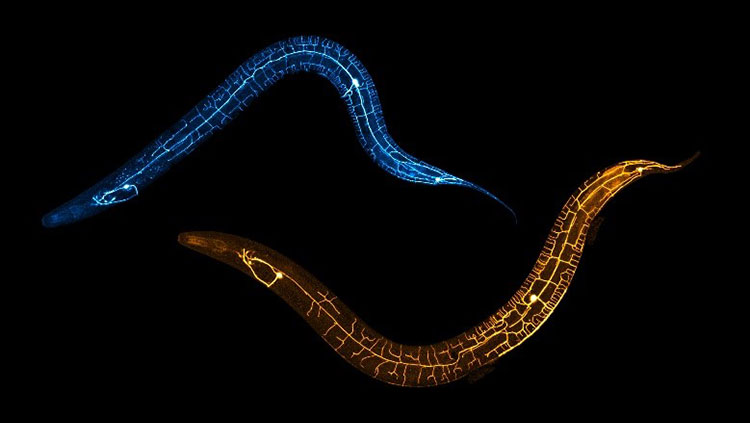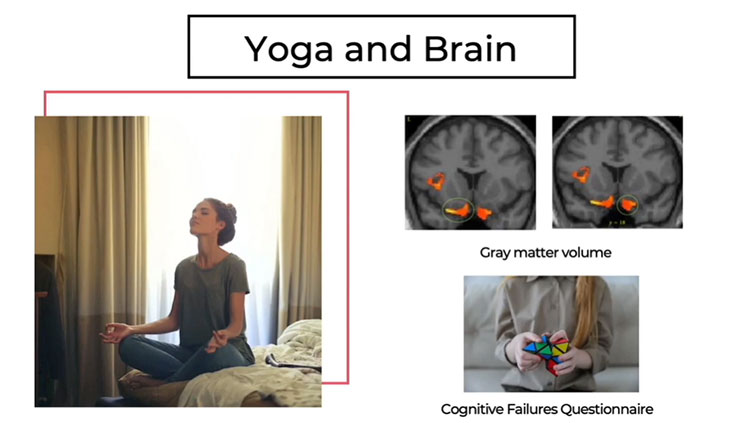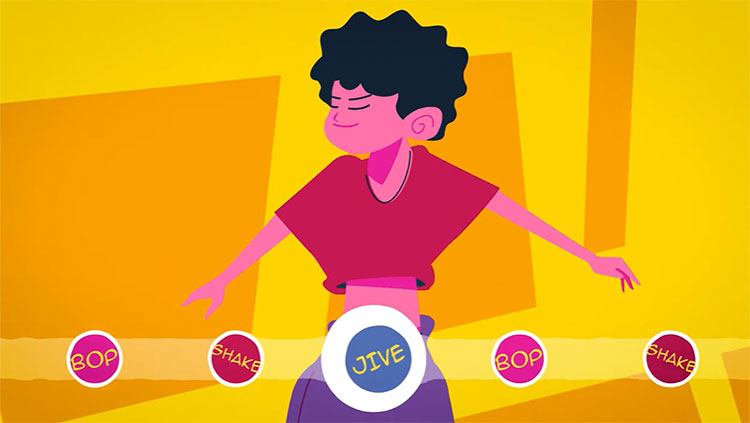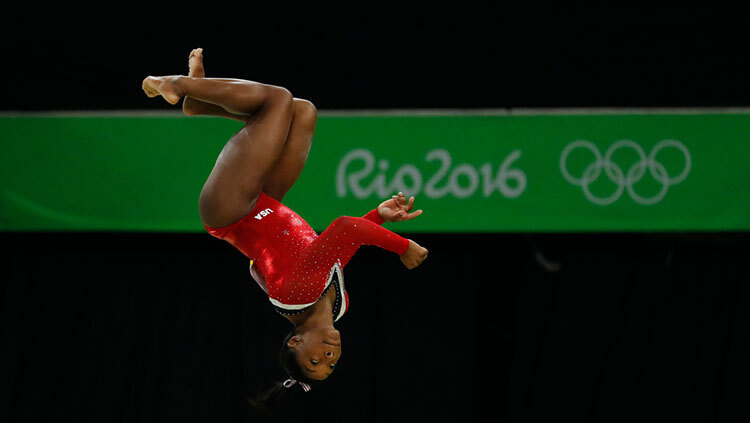How To Wiggle Your Toes
- Published29 Aug 2017
- Reviewed29 Aug 2017
- Source BrainFacts/SfN
This video explains the complicated neural systems that allow us to perform simple movements like wiggling our toes.
Learn more about movements and neural systems with this video, which took 3rd place in the 2017 Brain Awareness Video Contest. This video is by Matthew Sugrim, a recent college graduate from the United Kingdom.
Want to see your video here? Learn more about the Brain Awareness Video Contest and start planning your submission today!
CONTENT PROVIDED BY
BrainFacts/SfN
Transcript
In order for you to wiggle your toes, a message must travel from your brain down to your feet. That might sound simple, but it in fact required some remarkable events to have happened. This is a story about you when you were very young. Or more accurately a very, very tiny part of you. Specifically, it’s about a cell in your brain, which we’re going to call, Betzy. Betzy is a brand new neuron, only a few hours old, and she’s got a job to do. She has received chemical instruction which have activated a string of biological processes inside her — kind of like a robot receiving orders.
Betzy is to be part of a team of cells that will carry messages from your brain all the way down your spine and deliver them to neurons that can then control the muscles in your arms and your legs. But in order for Betzy to send messages all that way she has to first grow a very long cable which can carry electrical signals, and this cable is called an axon. Amazingly, she manages this whilst a billion other neurons around her are growing their own axons to other places in your body! Understanding just how Betzy guides her axon so precisely over such a long distance is hugely important so one day we might help people who have suffered from nerve damage, which is currently very difficult to repair First, Betzy creates a growth cone, from which extend small sticky fingers called filopodia. When these sticky fingers stick to the outsides of nearby cells tiny muscle like filaments within them contract, which pulls the growth cone forwards through your body — trailing the growing axon behind it.
At the same time, Betzy is sending new material down to her growth cone along tiny microtubule tracks that run along the inside of her axon. These microtubule tracks continuously extend into the growth cone and so push it forward from within. This is how Betzy’s growth cone moves through your body and she grows her axon: the filopodia stick to nearby cells and pull the growth cone forwards, whilst microtubules push the growth cone forwards from within. But with so many possible paths to choose from, how does Betzy’s growth cone determine in which direction to go? The material Betzy sends down her axon to her growth cone includes tiny chemical sensors — similar to the ones found in your nose and your tongue.
However, these sensors are not for food, but to detect special signalling proteins that either attract or repel the advancing growth cone. These signalling molecules do this by either stabilising the microtubule tracks within the growth cone or collapsing them, and in so doing change the direction in which the microtubules push the cone from within, and so guide it’s growth. These signalling proteins can be found on the outer membranes of many cells, and so influence the growth cone when it makes contact, and are also released into the space between cells, and these effect the growth cone’s direction from a distance. We’re doing well now. Whilst others have gone off course, Betzy’s growth cone has reached your brain stem at the base of your skull and is now approaching the point where it has to cross over the mid-line of your body. Betzy lives in the right side of your brain, and will eventually control the toes on your left foot.
Nobody quite knows why neurons on the right side of your brain control the muscles on the left side of your body — and vice versa — but it evolved ages ago, long before even lizards were around. So Betzy’s growth cone crosses in your brain stem from right to left and then continues on down your spinal cord. Time is running out now. Betzy’s growth cone has to reach it’s target soon as we’re now approaching a special stage in your development where any neurons whose axon has not reached its designated target will be instructed to begin apoptosis, and will die.
This is an important step so that your nervous systems end up wired correctly, because a poorly wired nervous system simply would not work very well! Betzy, however, is on course and getting closer. Her growth cone detects the specific mix of signalling proteins being excreted by her designated target and begins to home in. The target is a motor neuron in your spine which has, in this same time, grown it’s own axon from your spinal cord down to your tippy toes and connected to a muscle there. When Betzy finally makes contact she receives an elixir from the motor neuron which, when the clock hits zero, keeps her alive when all the neurons that did not reach their targets die. Right now, whilst you’re watching this video, if you wiggle your fingers or toes, it is these successful Betzy cells in your brain’s motor cortex that carry messages from your brain, all the way down to the motor neurons in your spine, which then carry the signal to muscles in your hands and your feet, making them contract and your digits wiggle — all in just a fraction of a second.
And the instruction to build this remarkable system and much, much more exists in your DNA. Which I think is awesome! We already know an awful lot about how the brain works, but there is still so much more to learn. If you would like to know more about how the brain works today, you can visit brainfacts.org, and also subscribe to this channel for more fun videos. Thanks for watching.
Also In Movement
Trending
Popular articles on BrainFacts.org

















